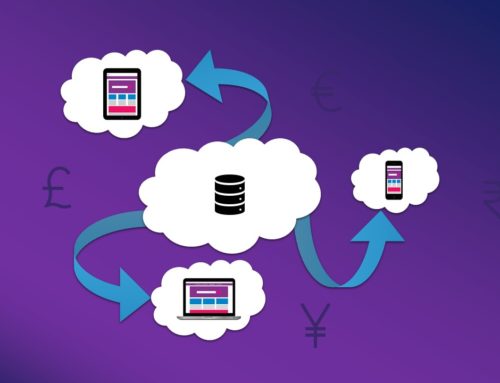With the arrival of the New Year, cybersecurity would be a major concern for security researchers and businesses across the globe. We all witnessed 2018 as the year of a major breach of the personal accounts of customers of some of the renowned companies. The recent Quora data breach by a third party, compromised data of 100 million users. These cyberattack incidents have highlighted cybersecurity issues globally. The huge digital threat landscape is compromised to artificial intelligence and machine learning two-way doors helping attackers and defenders. 2019 cybersecurity predictions not only help executives prepare well in advance but also help understand the far reaching implications.
2019 Cybersecurity Predictions
Here we are listing some of the major cyber attacks that trended in 2018 and are expected to grow in the coming years. 2019 cybersecurity predictions can help businesses stay strong in the coming year and build effective cyber defenses.
Ransomware:
It is a type of malware that provides access to your computer system to hackers. The hackers would demand a high amount of money to allow you to use your own computer system.
Hackers employ a number of different ransomware methods to contaminate your computer/mobile. Malicious spam, or phishing spam, is the most common method. It is spam email that is used to release malware in the system. The email might comprise of harmful PDF or Word documents as an attachment file. It may trigger the user to click links referring to malicious websites. Phishing spams utilize social engineering to fool people by seeming as genuine and authentic. The emails ask the users to open attachments or click on links in the mail, posing to be from a trusted organization or acquaintance.
Distributed Denial of Service (DDoS):
Under this kind of attack, the regular user/visitor/traffic is denied the entry to a website. The hackers render online service websites inaccessible for its users by crowding it with traffic from multiple sources. The hackers employ several Trojan infected and compromised systems to target a single system. They create a scenario similar to traffic jam when the regular traffic is clogged to reach its target. The most common targets are important organizations like banks and news websites.
In a DDoS attack, the victim computer system is flooded with traffic from many different sources. There can be more than thousands of sources used to flood the victim resource. It becomes difficult to differentiate between the attacker and authentic user traffic.
WebSkimmer (Magecart Attacks):
It is a technique where the hackers take over the control of the source code of a website. The hackers inject the malware in the website via a third party script to steal the payment information of the customers of the website.
The credit card details of the customers are scanned via unsecured payment forms on the website. The hackers utilize browser-based intervention methods at the checkout page. This involves evading HTTPS encryption to seize explicit customer details.
Botnet:
A botnet is a group of digital electronic devices such as computers, smartphones or IoT devices connected via the internet; with broken security. The compromised devices are known as a bot. The hackers create bots by penetrating software into devices through malicious software distribution. The hackers control the compromised devices via communication channels established by standards-based network protocols such as IRC and Hypertext Transfer Protocol (HTTP).
The bot network is used to send spam. These networks are massive and very harmful.
Cryptojacking:
It is the unauthorized access of your computer by hackers to mine cryptocurrency. The system hardware is hijacked by hackers to fund cryptocurrency. The attackers either use a malicious link sent in email or via an infected website. A user may unknowingly compromise his system hardware by visiting a cryptojacking JavaScript code infected webpage. The malicious code takes over the system CPU to mine cryptocurrency, usually Monero.
What precautions can we take to avoid cyberattacks?
In the light of 2019 cybersecurity predictions, here are some basic precautions everyone need to follow to ensure security.
- Use a unique password for every account. The password should be a strong composition of numbers, alphabets, and symbols.
- Update your operating system and other important software like browser and payment wallet apps regularly.
- Do not click on links from suspicious emails.
- Use authorized websites for downloading software
- Install anti-virus software and update it regularly
Recommended for you
Re-imagining businesses through experiences
We are a full-service digital agency with leading capabilities across digital – from web design to development, branding to marketing, cloud transformation to security. We create human-centered and future proof experiences – enabling transformation, ensuring sustainable growth.



